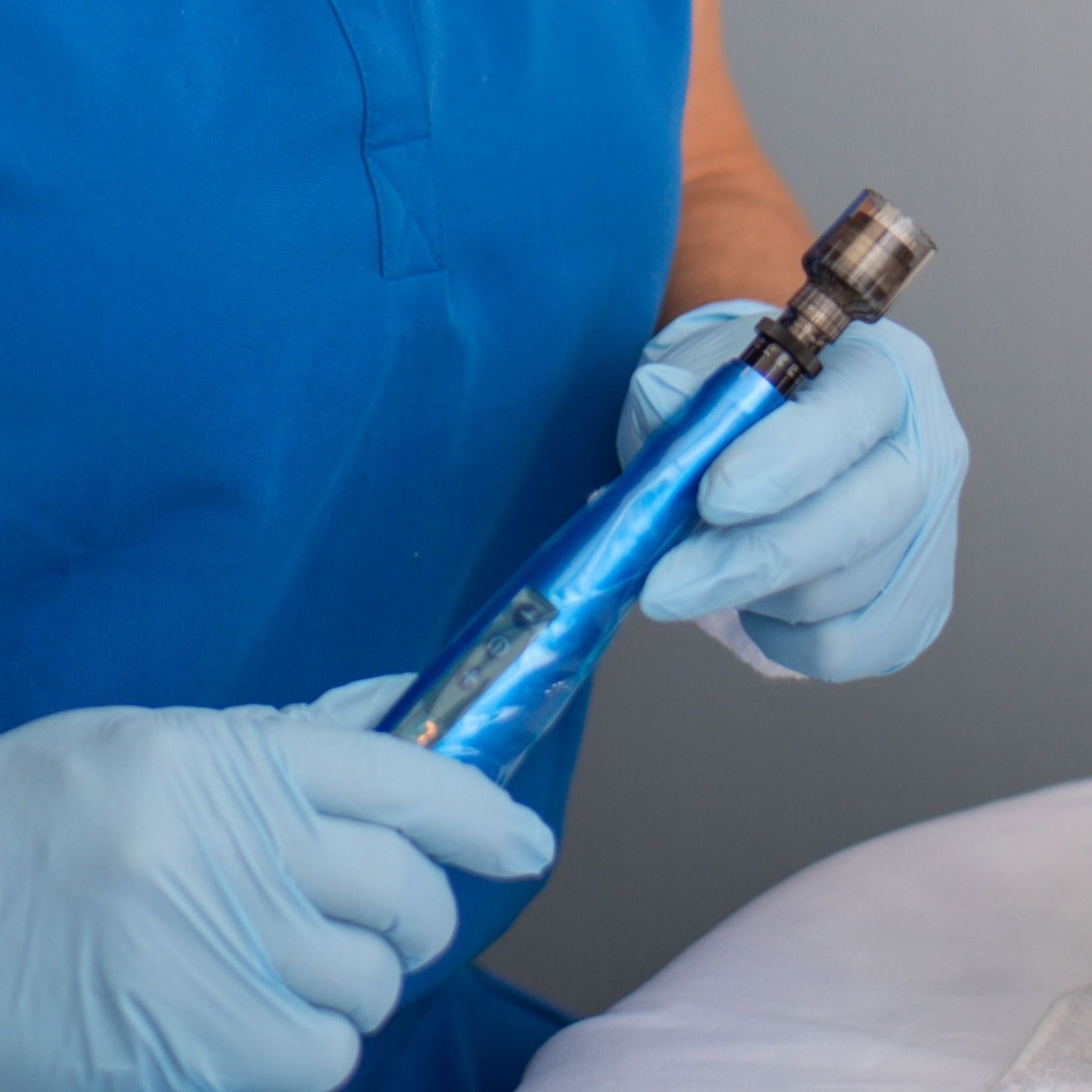Reveal Radiant Skin: Everything You Need to Know About Chemical Peels
Chemical peels are a time-tested, dermatologist-approved method to rejuvenate the skin, improve texture, and give your complexion a healthy glow. Whether you’re looking to smooth fine lines, target sun damage, or reduce breakouts, a chemical peel can be a powerful addition to your skincare regimen.
But not all peels are the same. The two most common types performed in professional settings are superficial and medium-depth peels — each with distinct uses, ingredients, and results. Let’s break it down.


What Is a Chemical Peel?
A chemical peel involves applying a chemical solution to the skin to exfoliate and remove the outermost layers. This process accelerates skin cell turnover, revealing smoother, fresher skin underneath. The strength of the peel determines how deep into the skin it works — and how dramatic the results are.
Superficial Peels
Also known as: Light peels
· Depth: Only affect the epidermis (the topmost skin layer).
· Common ingredients: Glycolic acid, lactic acid, salicylic acid, mandelic acid.
· Ideal for: Dullness, uneven tone, mild acne, clogged pores, and fine lines.
· Downtime: Minimal to none — some mild flaking or redness may occur.
· Frequency: Can be done in a series (every 2–4 weeks) for best results.
Think of superficial peels as your skin’s reset button. They offer gentle exfoliation with little recovery time, making them perfect for first-timers or those looking for a quick glow before an event.
Medium-Depth Peels
Also known as: Moderate peels
· Depth: Reach the dermis, the deeper layer beneath the epidermis.
· Common ingredients: Trichloroacetic acid (TCA), Jessner’s solution (a mix of lactic, salicylic acid, and resorcinol), tranexamic acid, sometimes these ingredients are combined with retinoic acid.
· Ideal for: Sun damage, moderate wrinkles, melasma, pigmentation, acne scars.
· Downtime: 5–7 days of visible peeling, redness, and sensitivity.
· Frequency: Typically done every 3–6 months, depending on skin goals.
Medium peels provide a more dramatic transformation. They require more downtime, but also offer more pronounced improvement in texture, tone, and discoloration.
Do You Have to Peel to See Results?
Not necessarily! One of the biggest misconceptions about chemical peels is that visible peeling equals effectiveness — but that is not always the case.
Many clients are surprised when they don’t see flaking or sheet-like peeling, especially after a superficial peel. But rest assured, your skin is still responding at the cellular level. I prefer calling this process Chemical Exfoliation rather than Chemical Peel.
Here is why:
· Cell turnover happens invisibly in many cases - especially with lighter peels. The acids work beneath the surface to dissolve dead skin cells and stimulate renewal without dramatic shedding.
· Well-hydrated skin may not peel as much. If your skin barrier is healthy, it often holds together more tightly, minimizing visible flaking.
· Well-exfoliated skin -Clients using retinol or Retin A & alpha hydroxy acids may not peel or flake as much.
· Gentler, progressive treatments (like mandelic acid or lactic acid peels) are designed to work cumulatively over time — with minimal downtime but consistent results.
So, no visible peeling ≠ no results. Trust the process — your skin is still reaping the benefits like improved tone, brightness, and smoother texture, even if you don’t physically see it shedding.
Are Chemical Peels Right for You?
Most skin types can benefit from chemical peels, but the type of peel must be tailored to your individual skin tone, condition, and goals. Always consult a licensed skincare professional to determine which option is safest and most effective for you.
Benefits of Chemical Peels
· Brighter, smoother skin
· Reduced fine lines and wrinkles
· Fewer breakouts and refined pores
· Improved appearance of pigmentation and age spots
· Boosted collagen production and cell renewal
Chemical peels are often combined with other treatments like microneedling, LED light therapy, or hydrating facials for even greater impact.
Final Thoughts
Chemical peels are a powerful, science-backed way to refresh your skin — whether or not you physically peel. With consistent treatment and the right peel for your skin type, you’ll notice clearer, brighter, more youthful skin over time.
Coming Soon! Please look forward to the introduction of advanced peel technology incorporating Dermal Smart Ingredients and Drone Technology, which is set to transform this category.

